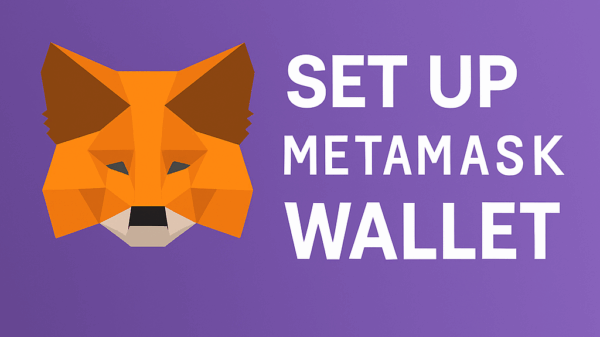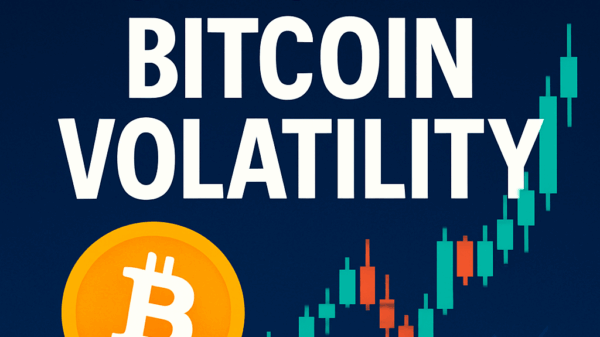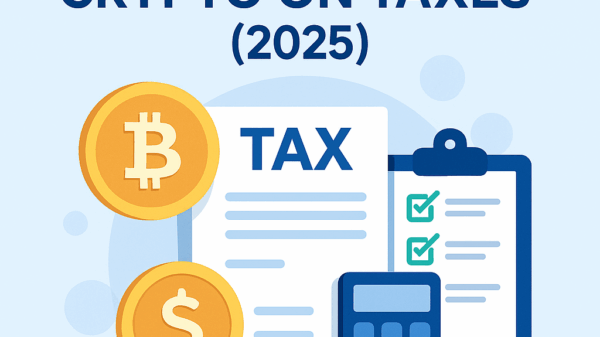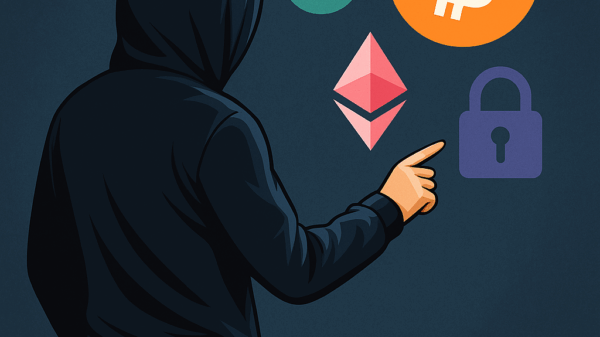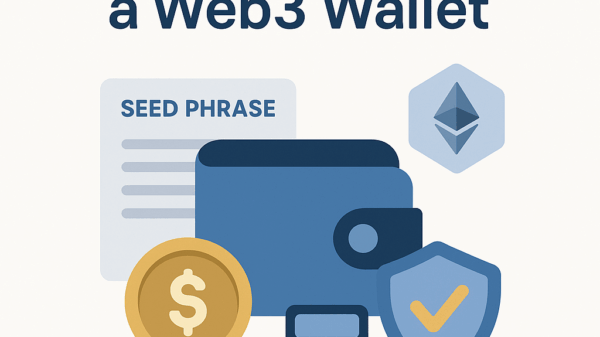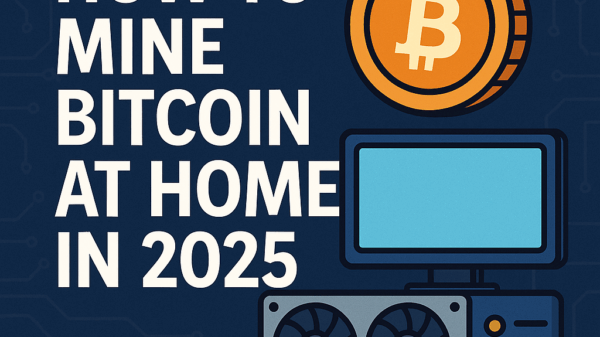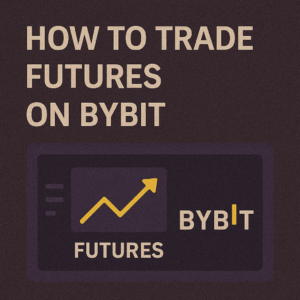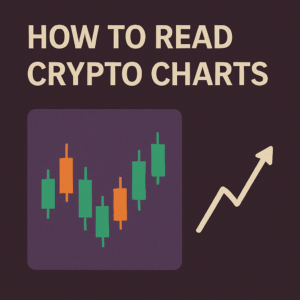How to Use Stop-Loss on Binance
By Jason Miller – Crypto Writer 10.expert 🧠 Covering Bitcoin, altcoins, blockchain & Web3.
As a crypto writer and analyst, I can’t stress enough the importance of risk management in the volatile world of cryptocurrency trading. One of the most fundamental and powerful tools at your disposal for protecting your capital is the stop-loss order. Ignoring this simple yet effective mechanism is akin to trading blindfolded. On Binance, the world’s largest exchange, setting a stop-loss is straightforward once you understand its components.
Let’s dive into how you can effectively use stop-loss orders on Binance to safeguard your investments.
How to Use Stop-Loss on Binance: Your Essential Risk Management Tool 🛡️📉
A stop-loss order is an instruction to automatically sell your cryptocurrency if its price drops to a specific, pre-determined level. This helps to limit your potential losses on a trade, preventing small dips from turning into devastating crashes for your portfolio.
What is a Stop-Loss Order and Why Do You Need It? 🤔
A stop-loss order acts as your automated safety net. If you buy a cryptocurrency and the price moves against you, a stop-loss order will trigger a sell order, helping you exit the trade before losses become unbearable. It removes emotion from your decision-making during market downturns.
Binance Account and Trading Interface: Your Starting Point 🔑
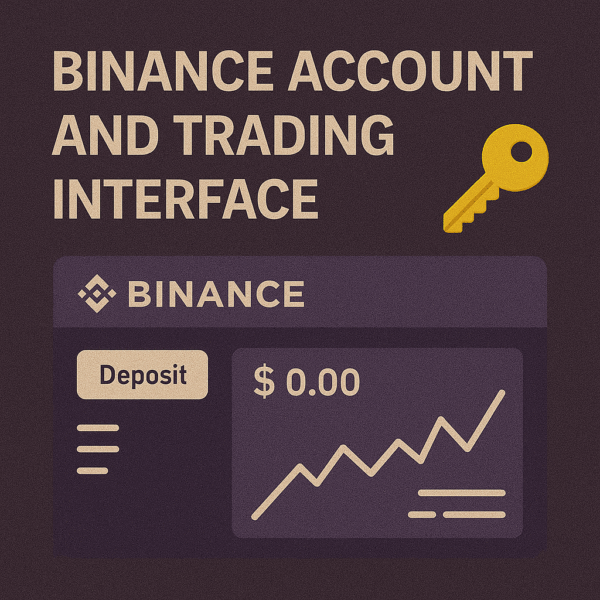
First, ensure you have a verified Binance account and have funds (e.g., USDT) ready for trading. Log in and navigate to the “Trade” section, then select “Spot” (or “Futures” if you’re trading derivatives, though the principle is similar). Choose the specific trading pair you want to set a stop-loss for (e.g., BTC/USDT, ETH/USDT).
Understanding the “Stop-Limit” Order Type 📊
On Binance Spot, the primary way to set a stop-loss is through the “Stop-Limit” order type. It combines two critical price points:
* Stop Price: This is the “trigger” price. When the market price reaches this level, your limit order becomes active.
* Limit Price: This is the price at which your sell order will be placed on the order book. Your order will attempt to fill at this price or better.
Setting a Basic Sell Stop-Loss (for a Long Position) 📉
Imagine you bought BTC at $60,000 and want to limit your loss if it drops.
* Go to the “Sell” side of the trading interface.
* Select “Stop-Limit” as the order type.
* Stop Price: Enter the price at which you want the stop-loss to trigger (e.g., $58,000).
* Limit Price: Enter the price at which you want your sell order to be placed (e.g., $57,900). It’s crucial to set the limit price slightly below the stop price for a sell stop-loss to increase the chances of your order filling in a fast-moving market.
* Amount: Enter the quantity of BTC you want to sell if the stop-loss is triggered.
* Click “Sell BTC” and confirm the order.
Why the Gap Between Stop and Limit Price? Avoiding Slippage 🚧
The small difference between your stop price and limit price (the “gap”) is a safety measure. If the market drops very quickly, your limit order might not get filled if the price blows past your exact limit price. By setting a slightly lower limit price, you give your order a wider range to be executed within, increasing the probability of it filling, even if at a slightly less favorable price than your exact stop.
Using “OCO” (One Cancels the Other) Orders for Comprehensive Management 🎯
Binance also offers “OCO” orders, which are incredibly powerful. An OCO order allows you to place two orders simultaneously: a limit order (for taking profit) and a stop-limit order (for limiting loss). If one order is executed, the other is automatically canceled. This is perfect for setting up a full trade management plan in advance.
Setting an OCO Order on Binance 📊
Let’s say you bought BTC at $60,000. You want to take profit at $65,000 but limit losses at $58,000.
* Go to the “Sell” side and select “OCO” as the order type.
* Price (Limit Order for Take Profit): Enter your target profit price (e.g., $65,000).
* Stop (Stop Price for Stop-Loss): Enter your stop-loss trigger price (e.g., $58,000).
* Limit (Limit Price for Stop-Loss): Enter the price for your stop-loss sell order (e.g., $57,900).
* Amount: Enter the quantity of BTC.
* Click “Sell BTC.” Now, if BTC hits $65,000, it sells for profit and the stop-loss is canceled. If it hits $58,000, the stop-loss triggers and the take-profit order is canceled.
Trailing Stop-Loss: A Dynamic Protector 🎢
A trailing stop-loss is more advanced. It automatically adjusts your stop price as the market price moves in your favor, helping to lock in profits while still protecting against reversals. For example, a 5% trailing stop-loss will always keep the stop price 5% below the highest price reached since the order was placed. If the price falls by 5% from that peak, the stop-loss triggers.
Placing a Trailing Stop on Binance (Futures/Advanced Spot) 📈
Trailing stops are often more prominent and frequently used in futures trading due to higher volatility. The mechanics:
* Select “Trailing Stop” as the order type.
* Activation Price: The price at which the trailing stop becomes active.
* Trailing Delta: The percentage or amount the stop price will “trail” the market price.
* Limit Price (Optional for some trailing stops): The final limit price if triggered.
Avoid Setting Stop-Loss Too Close: Give It Room to Breathe 💨
Placing your stop-loss too close to your entry price can lead to “stop-hunting” or simply getting stopped out by normal market noise (minor fluctuations). Give your trade enough room to move without prematurely triggering your stop-loss.
Use Support/Resistance Levels for Placement 📊
A common strategy is to place your stop-loss just below a significant support level (for a long position) or just above a resistance level (for a short position). These are areas where price is expected to find buying or selling interest, and a break below/above them could signal a continuation of the negative trend.
Adjusting Your Stop-Loss (Trailing and Manual) ➡️
As a trade moves in your favor, you can (and should) adjust your stop-loss upwards to lock in profits. This is often called “moving to break-even” (moving your stop to your entry price) or “trailing your stop” (moving it to protect partial profits). You can typically modify open orders in the “Open Orders” section.
Don’t Forget About Fees and Slippage 💲
Remember that transaction fees will apply when your stop-loss executes. Also, in highly volatile or illiquid markets, “slippage” can occur, meaning your order might fill at a price slightly worse than your limit price.
Always Plan Your Exit Before Your Entry 📝
A golden rule of trading: Before you even enter a trade, decide where your stop-loss will be and what your take-profit target is. This disciplined approach removes emotional biases during the heat of the moment.
Practice and Learn: Start Small 🧑💻
If you’re new to stop-loss orders, start by practicing with small amounts of capital. Get comfortable with the interface and the different order types. Binance also offers demo trading or paper trading accounts (sometimes in futures) which are excellent for practicing without risking real money.
Mastering the use of stop-loss orders on Binance is a non-negotiable skill for any serious crypto trader. It’s your primary defense against significant losses and a cornerstone of effective risk management, allowing you to trade with greater confidence and discipline.

